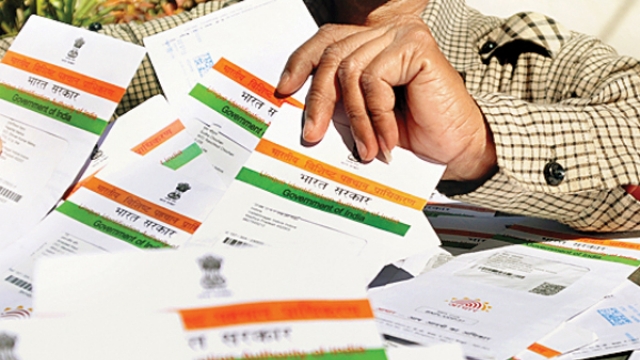The passage of GST Bill in the Rajya Sabha is “credit positive” for India’s sovereign rating as the rollout of Goods and Services Tax regime will have a favourable impact on growth and tax revenues, Moody’s Investors Service said today.
“The short-term sovereign credit implications of the GST bill will be limited, given that effective implementation will take some time, and as the GST rates are likely to be chosen as revenue neutral,” Moody’s said.
It added: “The GST will support economic activity and government revenues over the medium term by removing a key hurdle to the smooth movement of goods and services, and reducing corporates’ and the government’s tax administration costs, thereby improving compliance and raising tax receipts.”
In a report titled, ‘Upper House Passage Paves Way for GST Bill Implementation, a Credit Positive’, Moody’s said the new tax regime will be broadly positive for Indian non-financial corporates, although the overall impact will vary across sectors.
GST will lead to much simpler administrative framework, reducing tax governing costs for corporates, and over time, improving the overall cost competitiveness of corporate India.
It will also likely translate into swifter mobility of goods between states by removing the barriers present under the existing regime, it said.
“The overall impact is likely to vary across sectors, with some of the highest tax payers under the current regime, such as automotives, standing to gain the most,” Moody’s said.
Rajya Sabha on August 3 passed a constitutional amendment to allow implementation of the long-delayed GST. The Bill will now go to Lok Sabha next week.
The Bill will then have to be ratified by 50 per cent of the state legislative assemblies, and the actual GST bill will need to be enacted into law by the Lok Sabha and by state governments.
Moody’s said the new GST structure follows a dual taxation model with powers granted to the central and state governments to tax both goods and services under a common structure.
It will replace the existing system of multiple taxes, imposed at different stages of the value chain, with a single unified tax.
Last December, a committee headed by the Chief Economic Adviser recommended a revenue neutral range of 15-15.5 per cent with a preference for the lower end of that range.
“While the goal is to strive towards one single GST rate in the medium term, the committee recommended a three-rate structure in the interim. The lower rates may be at around 12 per cent while standard rates are recommended to be in the range of 17-18 per cent,” it said.
From Agencies, Feature image courtesy beingindian.com



























